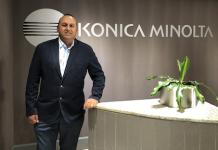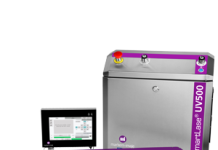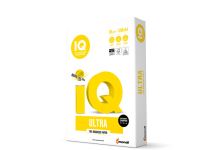Heidelberger Druckmaschinen AG (Heidelberg) has reported a series of highlights from its Packaging Day event, titled Pushing The Future In Packaging. The event, which was held at the beginning of November at the Wiesloch-Walldorf plant, saw over 300 visitors from across the globe showcasing the latest solutions and technologies for packaging printing.
The aim of these solutions is to increase the efficiency of all processes through intelligent networking and automation. This applies both to printing high-volume standard packaging as well as highly embellished folding cartons in the luxury segment.
Packaging printing is the strongest growing segment in the print media industry. Annual growth rates of around three percent are expected in the coming five years, and around 20 percent for digital printing. Heidelberg announced a broad-based product campaign for this market at drupa 2016, which is now being implemented consistently, in both offset and digital technology. Key note speaker, Steffen Schnizer, managing director of Multi Packaging Solutions, said demand from brand owners for exclusively finished packaging is on the increase. Nowhere is this truer than in the cosmetics and perfume industry. Purchase decisions are frequently made at the point of sale, where high-quality packaging guarantees the necessary attention.
Striving to deliver exclusive design, look-and-feel packaging for end customers also makes the production process more complex and job changes more frequent. With its Push to Stop philosophy based on autonomous and navigated processes, Heidelberg is unlocking productivity potential that was previously beyond reach. The end result is predictable, user-independent productivity that enables cost-effective production, particularly with ever decreasing run lengths and increasing levels of embellishment. This was demonstrated during the Packaging Day using the example of a Speedmaster XL 106-8+LYYL with cold foil module. The task: to change over from the current job, a five-colour perfume box with cold foil and a combination of special matte and relief coating to a similarly challenging job. After just seven minutes, the first good sheet from the new production run was available. Consumables from Heidelberg’s own Saphira range were used for these special applications.
Navigated printing was presented live for the first time in large format on a Speedmaster XL 145. Changing from a classic large format, high-volume job with a substrate of 0.45mm to a heavy board with a thickness of 1.5mm took less than four minutes, without the need for any tools. The printing technique shown was direct printing on solid board. This material is widely used in the packaging market for foodstuffs or point of sale displays.
How navigated printing is making production even more efficient, especially for very short runs, was demonstrated on the Speedmaster XL 75-8+LYYL with Anicolor technology. Three typical packaging jobs of the kind found in any pharmacy were printed: pharmaceutical cosmetics, over-the-counter medicines and drugs that require a prescription. These jobs have different requirements, which need to be implemented in an economical way. Three different technologies were used on the Speedmaster XL 75 for this: Anicolor technology, which delivers fast and perfect inking for short runs with minimal start-up sheets; UV technology, which delivers enormous substrate diversity, special effects, and an instantly dry sheet; and finally the Multicolor workflow, in which almost all the required spot colours can be generated from seven colours.
In the area of postpress, three special products were presented under the motto ‘100 Percent Postpress Packaging’ to demonstrate that Heidelberg offers the entire process chain with die-cutting, gluing, embellishing and product verification. The first product was the Promatrix 106 FC, a hot-foil embossing machine for embellishing cosmetic packaging, with for example metallic accents. The second product was the Promatrix 106 CSB, a die-cutter with die-cutting, stripping, and blanking function. This machine is ideal for further processing of foodstuffs, medicines and household products. The third and final product was the Diana Eye 55 offline inspection system for reliable verification of the completeness of information and consistent quality of the cartons.
The Packaging Day was rounded off with various workshops. The ‘web-to-pack’ topic addressed the question of how the ‘web-to-print’ success model for commercial printing can also be applied to packaging, the prerequisites for this, and where the added value lies. Another workshop presented solutions within the Prinect Packaging workflow, and discussed the prerequisites for automated production of the entire manufacturing process within the packaging market.





















